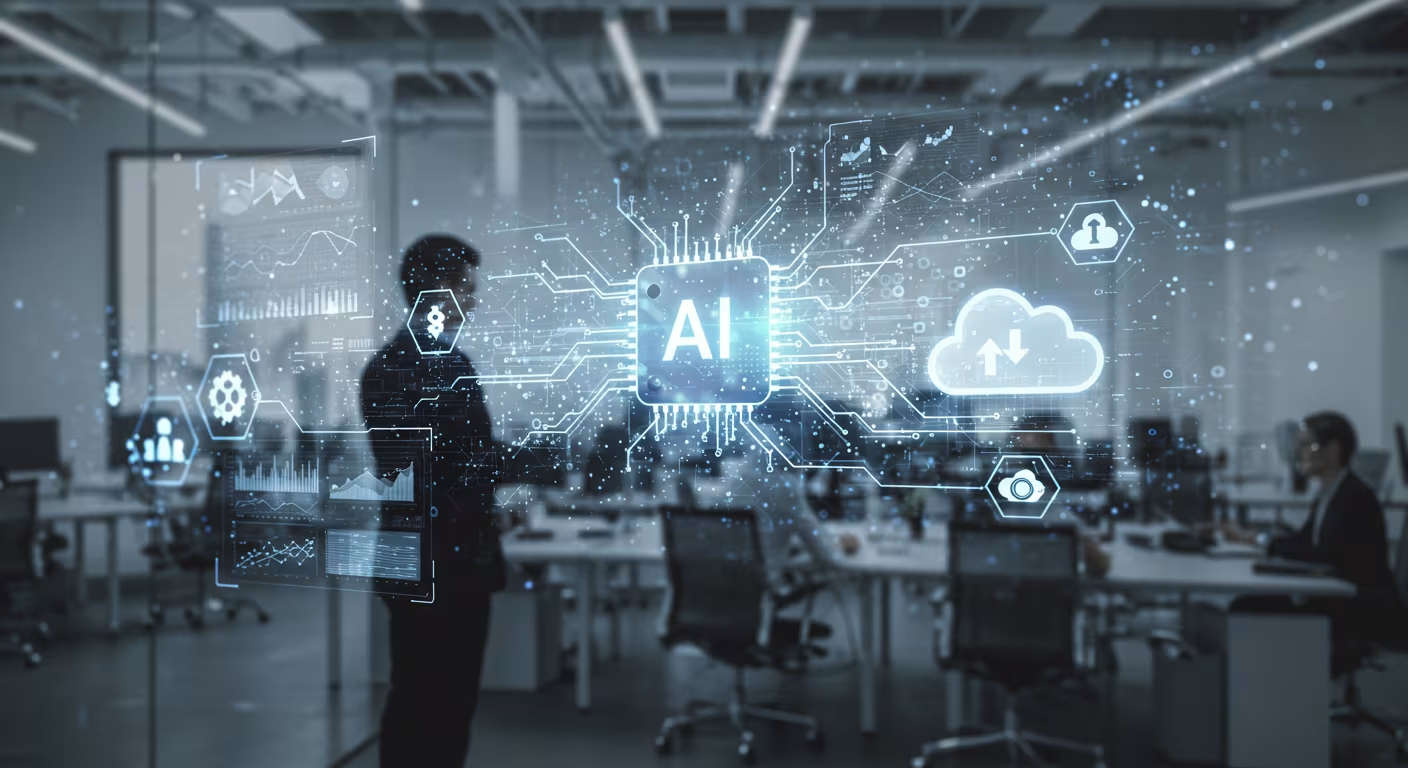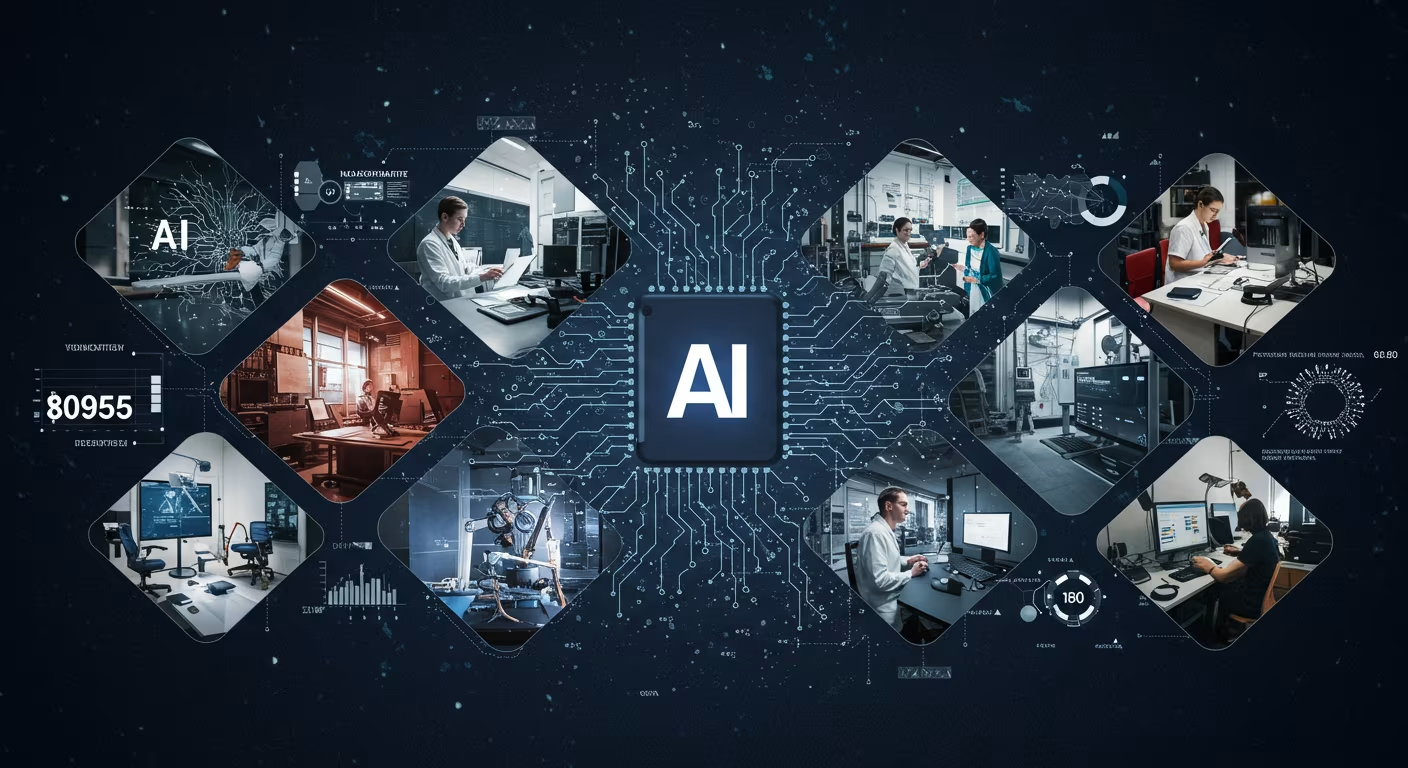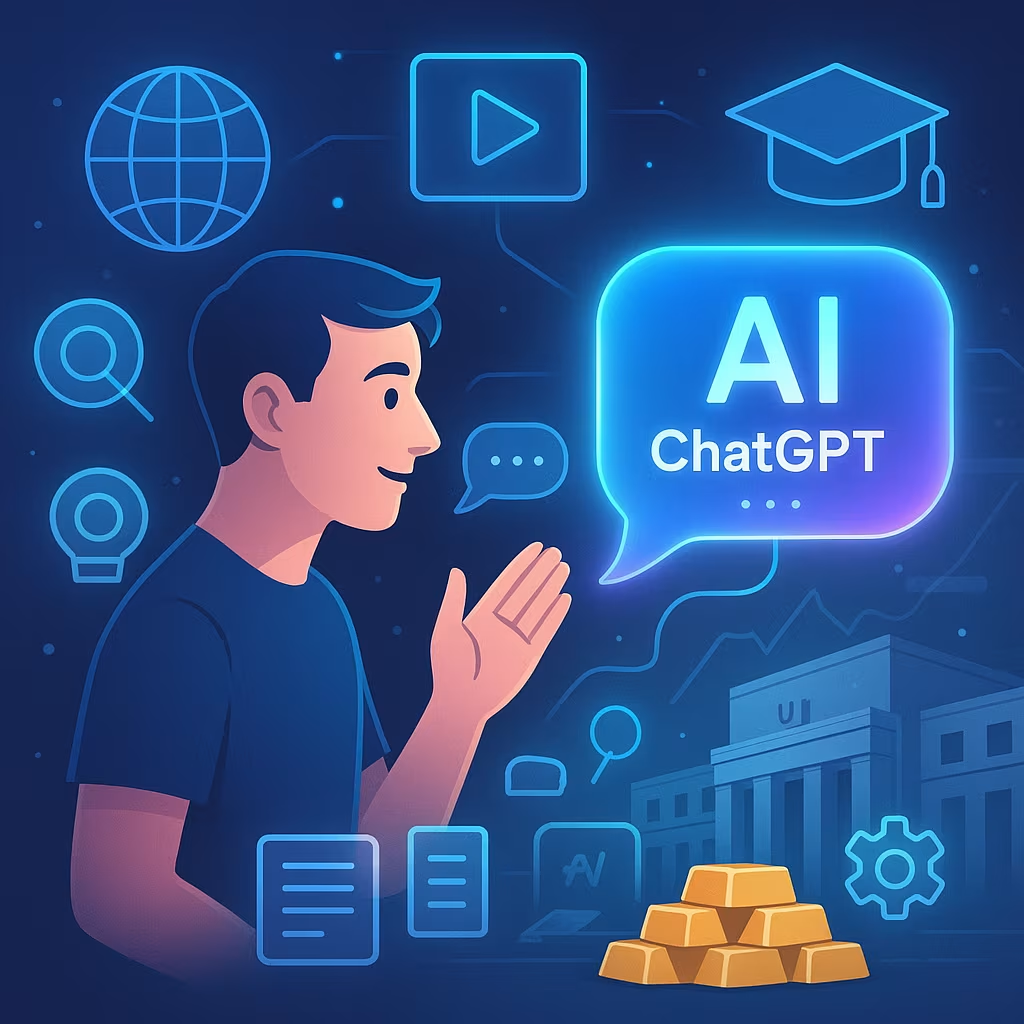Artificial intelligence has rapidly moved from experimental pilot programs to the heart of corporate strategy. In 2024, corporate AI adoption is no longer a niche trend—it’s a strategic imperative. Companies across industries are embracing AI to boost efficiency, enhance customer experience, reduce operational costs, and drive innovation at scale.
While early adopters focused primarily on predictive analytics and chatbots, today’s AI deployments extend into generative AI, robotic process automation, intelligent supply chains, and AI-powered cybersecurity. According to McKinsey, over 70% of companies have either implemented AI or are actively exploring AI tools, with more than 25% of corporate profits expected to come from AI-driven processes by 2030.
This article explores the latest corporate AI adoption trends, highlighting how enterprises are shifting from exploration to execution—and what that means for future competitiveness.
Many companies that once dabbled in small-scale AI use cases are now scaling AI across departments and regions. What started as a marketing chatbot or supply chain forecast model has evolved into AI integration within HR, finance, procurement, and customer service.
Companies are now investing in AI centers of excellence (CoEs), dedicated AI leadership roles (e.g., Chief AI Officer), organization-wide data literacy programs, and custom LLM integrations with proprietary enterprise data.
This trend reflects a growing realization that AI is a business enabler, not just a technology. Successful implementations depend on cross-functional collaboration, cultural buy-in, and a clear return on investment (ROI) framework.
One of the most dramatic shifts in 2023 and 2024 has been the explosive adoption of generative AI. Corporate interest surged following the launch of tools like ChatGPT, GitHub Copilot, and Midjourney, which showcased the power of AI in content creation, software development, and design.
Now, enterprises are embedding generative AI into core workflows. Legal teams use AI to draft contracts and summarize case law. Sales teams leverage GPT-powered tools to write emails and create pitches. Customer support agents use AI to suggest responses and knowledge base articles. Developers rely on code assistants to speed up programming tasks.
To maintain control, businesses are training domain-specific LLMs, applying retrieval-augmented generation (RAG), and enforcing strict AI governance policies around data use, bias mitigation, and output validation.
Beyond the headlines, AI is quietly transforming back-office operations through automation. Traditional robotic process automation (RPA) has matured into intelligent automation, combining AI with workflows, business rules, and human input.
Common applications include invoice and expense report processing, document classification and extraction, HR screening and onboarding automation, and regulatory compliance checks and audit trail generation.
Enterprises are increasingly pairing RPA with natural language processing (NLP) and computer vision to handle unstructured data—emails, PDFs, images, and handwritten documents—with higher accuracy. The result? Reduced cycle times, fewer manual errors, and cost savings that can reach into the millions.
With growing cyber threats and regulatory scrutiny, corporations are deploying AI to bolster their security posture. AI models help identify anomalies, detect phishing attempts, and flag fraudulent transactions in real time.
Trends in this area include AI-driven threat intelligence platforms, behavioral biometrics for authentication, AI-based fraud detection in fintech and insurance, and predictive risk scoring for compliance departments.
Advanced machine learning models are also used to monitor insider threats and detect suspicious activities across large enterprise networks.
In 2024, AI adoption is no longer one-size-fits-all. Companies are tailoring AI to industry-specific problems. In healthcare, this includes AI-assisted diagnostics, patient engagement bots, and automated medical coding. In retail, it means personalized recommendations, dynamic pricing engines, and AI inventory forecasting. In manufacturing, predictive maintenance, quality assurance via computer vision, and digital twins are leading use cases. In finance, AI is being used for credit scoring, algorithmic trading, and anti-money laundering (AML) tools.
This trend toward vertical AI allows organizations to achieve higher ROI and regulatory alignment by focusing on use cases that directly support business outcomes.
Corporate AI adoption has accelerated the demand for cloud-native AI platforms. These platforms offer scalable compute, pre-built models, APIs, and orchestration tools that enable enterprises to develop and deploy AI applications more efficiently.
Top platforms used by corporations include Microsoft Azure AI, Amazon SageMaker, Google Vertex AI, IBM Watsonx, and OpenAI’s enterprise API offerings.
In addition, companies are increasingly adopting MLOps practices to manage the AI model lifecycle, including versioning, testing, monitoring, and retraining.
As AI systems become more powerful and influential, the importance of AI ethics, transparency, and accountability has taken center stage. Enterprises are now creating internal AI governance frameworks that align with evolving global standards such as the EU AI Act, the U.S. NIST AI Risk Management Framework, and ISO/IEC standards for trustworthy AI.
Corporate AI ethics teams focus on bias detection and mitigation, explainability and interpretability, fair data sourcing and model validation, and clear human oversight for high-risk applications.
Companies that fail to address responsible AI risk not only legal consequences but also damage to brand trust and customer loyalty.
The AI adoption curve has created a massive demand for skilled talent—not just data scientists, but also AI product managers, prompt engineers, AI compliance officers, and machine learning operations specialists.
Forward-thinking companies are partnering with universities and bootcamps, creating internal AI academies and certifications, offering incentives for employees to upskill in AI fundamentals, and using AI tools like Copilot to augment non-technical teams.
Upskilling and reskilling are critical to closing the talent gap and making AI adoption truly scalable across an enterprise.
Corporate AI adoption in 2024 is about more than embracing new technologies—it’s about transforming how businesses operate, compete, and deliver value. As enterprises move from pilot projects to AI-first strategies, success depends on aligning talent, tools, governance, and vision.
AI is no longer confined to tech companies or innovation labs. It’s now embedded in the DNA of finance, healthcare, retail, logistics, and beyond. Businesses that scale AI effectively will unlock new efficiencies, customer experiences, and competitive advantages—while those that hesitate may struggle to keep pace.
The future belongs to companies that don’t just experiment with AI—but operationalize it intelligently.





